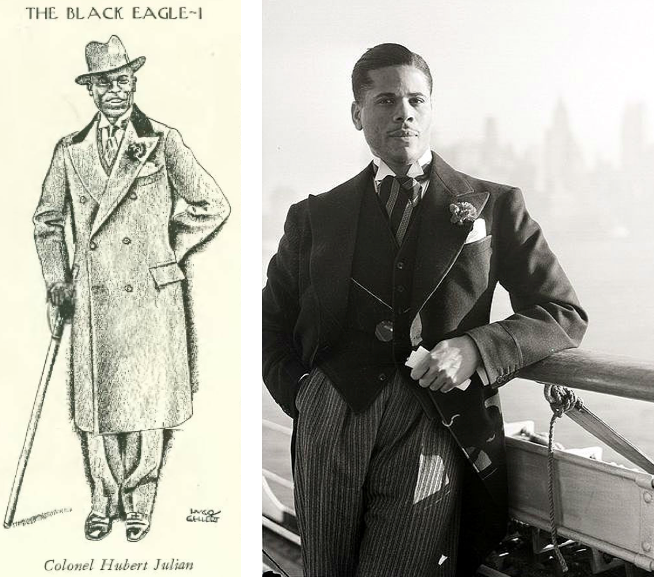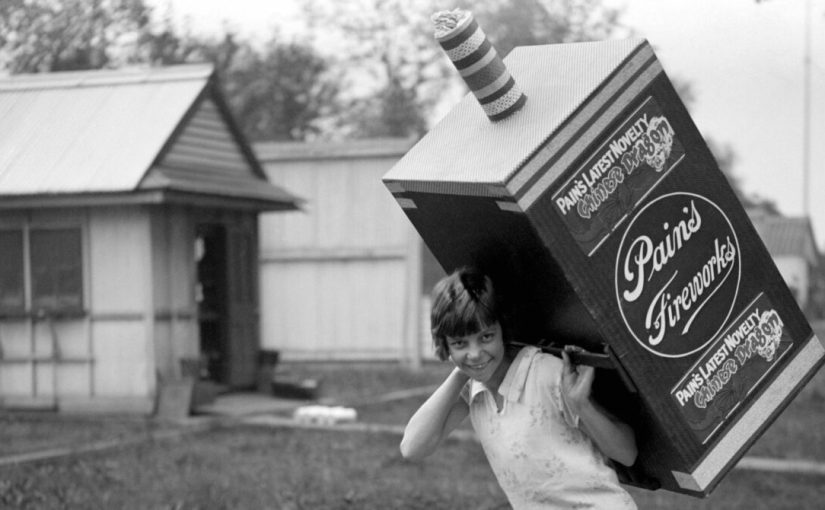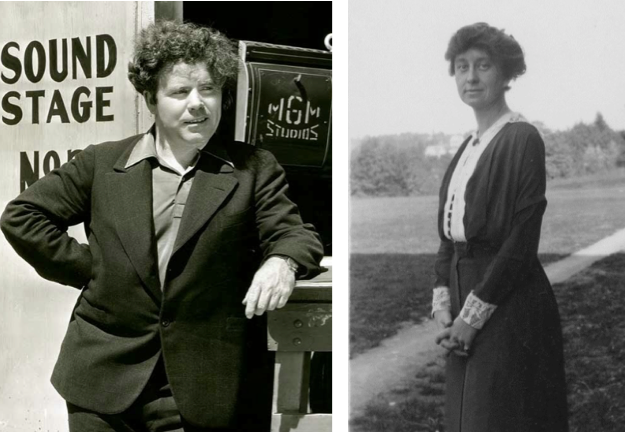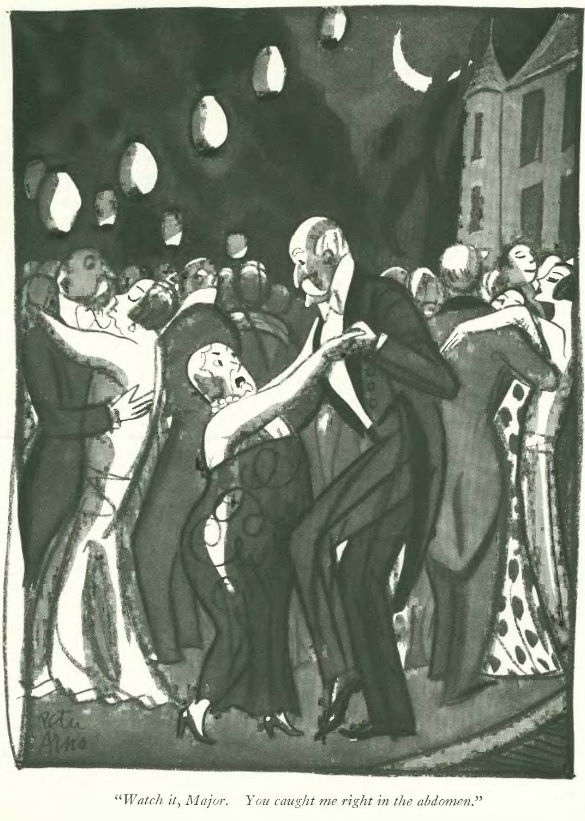Charles Lindbergh gained worldwide fame when he flew solo across the Atlantic in 1927, but the staid Lindy had nothing on Hubert Fauntleroy Julian when it came to personality (and politics, as we shall see). The Trinidad-born Black aviator not only pushed the limits of early 20th century aviation, but did it all with style and pizzazz.

Julian (1897-1983), known as “The Black Eagle,” left Trinidad in 1914 for Montreal, where he first learned to fly. He moved on to Harlem in 1921, where he polished his flying skills with aviator Clarence Chamberlin and practiced his parachute jumps. In the first of a two-part “Profile,” Morris Markey related Julian’s first encounter with Chamberlin:

Julian did everything with brio; during one jump in New Jersey in 1923, he played “I’m Running Wild” on the saxophone while plummeting toward the earth. Keep in mind that the first planned free-fall jump from an airplane with a packed parachute occurred just four years earlier, in 1919. Heaven only knows how Julian made it to age 85.


During the 1930s Julian briefly headed the Ethiopian Air Corps, then returned to the States to tour as a member of an all-Black flying troupe, “The Five Blackbirds.” Incensed over comments Nazi leaders were making about Blacks and other races during World War II, Julian famously challenged Hermann Göring, commander of the Luftwaffe, to an aerial duel above the English Channel (Göring did not respond to the challenge). By contrast, Charles Lindbergh received a medal from Göring during a dinner at the American Embassy in Berlin in 1938, and praised the Nazi regime that would later go to war against his own country.
Julian was no choirboy, however, and after the war he became a licensed arms dealer, which eventually got him in trouble with the United Nations and earned him a four-month stint in jail. After his release, Julian retired, appearing on talk shows (including The Tonight Show with Johnny Carson) and hobnobbing with celebrities such as boxer Muhammad Ali.

* * *
I’ll Take a Dozen
“The Talk of the Town” followed its sweet tooth to a Broadway storefront where Adolph Levitt’s famed doughnut-making machine was cranking out 1,200 doughnuts an hour before hungry, wondering crowds.

* * *
Surfing the Jersey Cliffs
Along with doughnut machine-watching, another fun summertime diversion was New Jersey’s Palisades Amusement Park, which was purchased in 1909 by brothers Nicholas and Joseph Schenck and transformed into one of the most visited amusement parks in the country. “The Talk of the Town” recalled its origins:

And these were the guys responsible for all of that fun…
Joseph (left) and Nicholas Schenck might not look like carefree sorts, but both had a knack for the entertainment world that would make them two of the most powerful executives in mid-century Hollywood. Among other things, Joseph played a key role in launching the career of Marilyn Monroe. He was, naturally, infatuated with her.

* * *
Claptrap
Robert Benchley couldn’t seem to let go of his recent experience at the revived Ziegfeld Follies. In his latest theatre column, he groused about the witless rubes in the audience who clapped over the sound of the performances, including Ruth Etting’s signature “Shine on Harvest Moon.” Take it away, Bob…

* * *
Coping With a Dry Climate
In his “Notes and Comment,” E.B. White mused over the explosion of corkscrews, flasks and other drinking accessories that were patented during Prohibition:

* * *
From Our Advertisers
If you needed a stiff drink and an escape from the summer heat, well the heavenly shores of Bermuda might have been your (ahem) cup of tea…
…or you could have enjoyed the merriment aboard one of Cunard’s liners, which were headed both south to Bermuda and north to Nova Scotia (note Cunard’s continuing use of New Yorker cartoonists for their ads, Peter Arno, H.O. Hofman, and this week Barbara Shermund)…
…and we have another ad from Canadian Pacific announcing its around-the-world cruise on the Empress of Britain…
…which brings us to our cartoonists, or specifically, Helen Hokinson, who featured one of her “Best Girls” — a plump, wealthy, society woman — on an around-the-world cruise of her own, chronicled on a total of 11 covers in 1931.
Today’s cover marks the mid-way point of the dowager’s journey, where she encounters a situation perhaps not described in her travel folder…
…and here are the 11 covers that take us from bon voyage in March to the customs office in November…
…and appropriately, we launch into the cartoons with one of Hokinson’s “girls” being a bit naughty, even smoking a cigarette…
…one artist we don’t see much of during the summer of 1931 was Peter Arno, and for good reason: he ended a tempestuous marriage to Lois Long (relocating to Reno to obtain the divorce) in June, then immediately got involved in a sex scandal with a socialite, all the while working on a Broadway musical. Taking up the slack were cartoonists like Barbara Shermund, who for a time could be seen as a “near doppelgänger” of Arno, according to Michael Maslin in his excellent book, Peter Arno: The Mad, Mad World of The New Yorker’s Greatest Cartoonist (also see chapter six for more on Arno’s crazy summer of ’31). I feature two from Shermund in this issue:
…moving along, Garrett Price makes me wonder if drunken driving laws were enforced in 1931…
…William Steig gave us a couple of buddies discussing their literary tastes…
…and yet another cartoon with precocious kids, this time by Alice Harvey…
…speaking of being alone, a day at the beach would not be an option according to Gardner Rea…
…and we end with A.S. Foster, and a very modern-looking cartoon not only for its style but for the fact that it features anthropomorphic animal characters, rare in the early New Yorker…
Next Time: Markey’s Road Trip…
















































































































